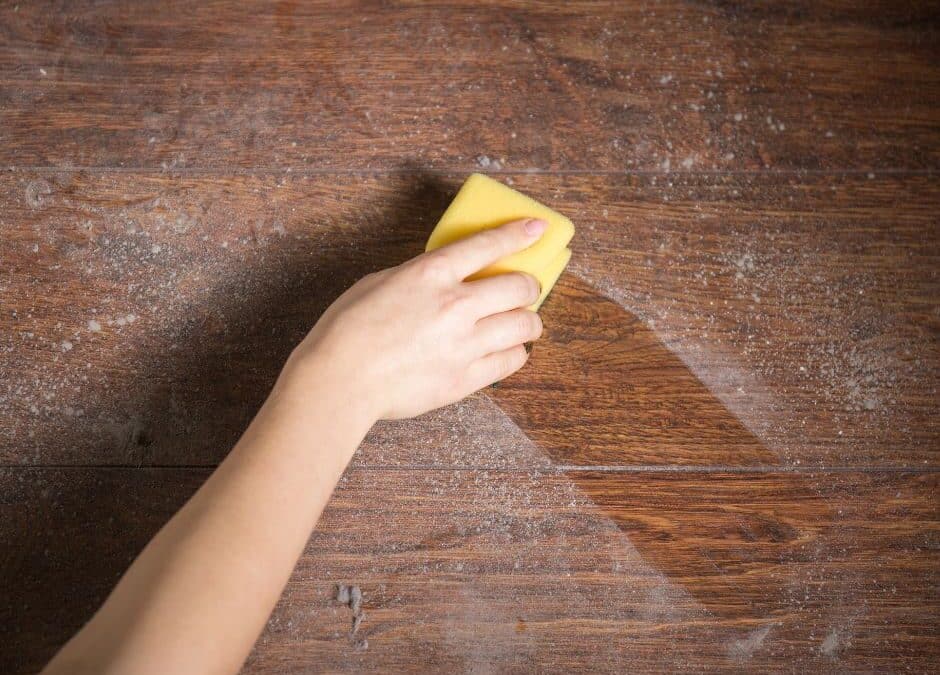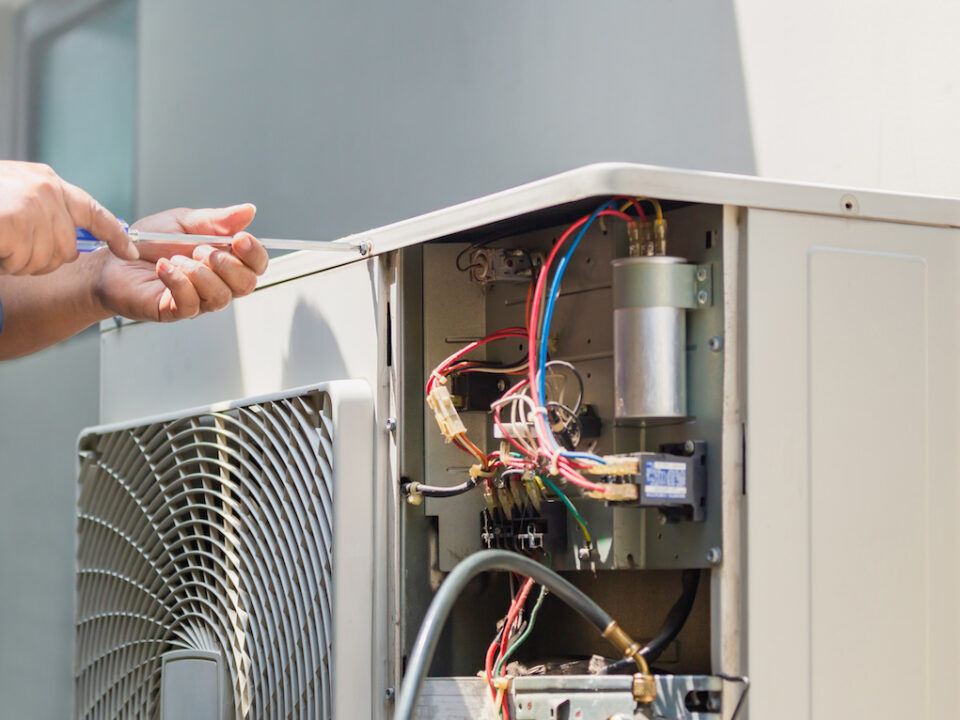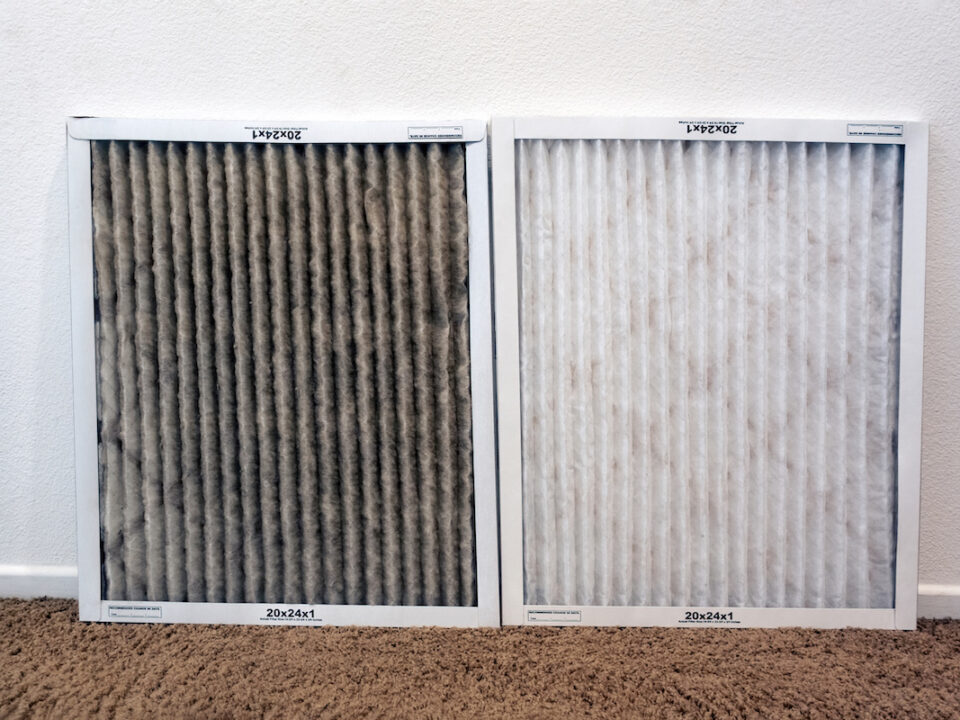How to Reduce Dust in Your Home

Avoiding dust in your home is nearly impossible. Dust bunnies lay in corners while layers of dust fall onto items in your home. This can be extra frustrating when you live with someone that suffers from allergies. Even if you don’t have allergies, dust mites and dust overall can be bad for your overall health. If you are curious about how to reduce dust in your home, find tips in this article from Trust Heating and Air.
Follow along to learn 10 Tips on how to reduce dust in your home.
1| Start a Daily Cleaning Routine to Reduce Dust
Preventing problems before they begin is always helpful, that is– if you can control them. And luckily, with cleaning, you can. Sit down in your spare time, write out a daily cleaning routine, and try your best to keep up with it every day.
There will definitely be times when you’re tired and don’t want to do this chore, and that’s ok. But make sure the next day you pick up where you left off and get back on track. Otherwise, those layers of dust will continue to build up on your furniture, and those dust bunnies will grow bigger.
2| Take on Orderly Cleaning
Think about the flow of how you clean your home. Is it the most efficient way? Some people aren’t even aware that there’s a better way, and some were never taught. But don’t worry; we will give you those tips as well.
The last thing you should do in each room is to clean the floors. Think about it this way, if you sweep and mop your floors and then dust, you have dust falling on your clean floors. A great rule of thumb is to clean efficiently from top to bottom. Whether that’s mopping or vacuuming, keeping your floors clean also helps control the overall dust in your home.
3| Wipe Down and Dust Surfaces
One of the best ways to naturally reduce dust in the home is to clean the dust away. When you dust, use a cloth made of microfiber or a microfiber cleaning tool. The unique design of microfibers makes them the perfect material for picking up tiny dust particles.
Also, pay close attention to commonly overlooked areas in your home that attract cobwebs and dust. This includes baseboards, blinds, ceiling fans, corners of the room, closet floors, the space between your bedframe and the wall, also look at lampshades. Those are often missed in the everyday cleaning routine.
4| Wash Your Bedding Weekly
Most people think washing their bedding once a week is overkill, but this helps keep the dust down in your room. When people are sleeping, dead skin cells, body hair, and bodily fluids do end up on their sheets and mattress. Also, if you are trying to prevent dust mites in your home, you should wash your sheets at least every seven days.

5| Vacuum Often
First, let’s start by getting rid of that broom. Most people don’t realize that using a broom and sweeping up dust actually makes more dust instead of removing it. When you are trying to reduce the amount of dust in your home, you need to grab your vacuum cleaner.
Heavy traffic areas in your home should be vacuumed at least two to three times a week. Areas that are less frequently traveled should be cleaned once a week.
6| Keep Your Home Tidy
When you have piles of house items, boxes, and clutter, those things sit there to collect dust. When figuring out how to reduce dust in your home, you want to ensure you keep your cleaning in order.
Think about your home’s most cluttered areas, like your entryway, kitchen, cleaning closet, and office area, and have your family help you tidy for a few minutes each night or day. A helpful tip is to do a 10-minute tidy!
7| Reduce Dust with High-Efficiency Air Filters
One method that helps keep the dust down that doesn’t involve cleaning is to put in a high-efficiency particulate (HEPA) air filter. HEPA filters work well to trap tiny particles like pet dander, pollen, and dust mites so that you are less likely to breathe them in. Another thing you can do is invest in a vacuum cleaner that is equipt with a HEPA filter.
8| Groom Your Pets Often
We hate to break the news to you, but your fur babies can be a huge reason for the dust in your home. Even if they have short hair, they still shed and emit dander and flaking skin into the air of your house. Starting with vacuuming your floors is a great way to start.
Dust and pet dander often blends in with the floor, and you don’t notice it until it becomes a little dust bunny. Go the extra mile and clean your couch cushions, your dog’s bed, and behind the furniture where your dog likes to hide and hang out. To keep the dust down in these places, groom and brush your pet weekly. If they don’t shed a lot or have long hair, you could go every other week.
9| Use an Air Purifier to Reduce Dust
Air purifiers are designed wonderfully to reduce common pollutants. They work best at reducing pet dander, harmful particles in the air, and smoke. These devices purify the air you breathe by pulling air into the base of the machine and running it through a filter. The filtered air is then released back into the room, now as clean as possible. Sometimes they have multiple filters to catch pollutants and particles. These are great for improving your air quality.
When you are looking to buy an air purifier, make sure you get one that has a true HEPA filter. A true HEPA filter will remove 99.97% of particles and is the most reliable and effective filter to be used for purifying your air. Be careful about marketing designs that advertise “HEPA-like,” which does not hold up to the standard of the 99.97% threshold and will not be as effective.
10| Look for Leaky Ducts
DUst in the home is inevitable. And depending on the number of people in your home, there can be quite a bit. Human skin and fibers from the body are offenders of dust. There’s clearly nothing that can control what our bodies do naturally, but there are ways to keep up with it. If your house seems to be a dust magnet even with upkeep on your cleaning, check the ductwork on your home and the caulking to ensure dust isn’t imported from your garage and the outdoors.

How Often Should You Change Your Air Filters?
Change the air filter in your air conditioning system once a month or every three weeks. Pleated air filters work best to capture those tiny dust particles. Some are even electrostatically charged to attract allergens and pollen. Ensure your filter is ranked for the blower capacity of the system that you have. Use your air conditioner to reduce the humidity in your home because, unfortunately, dust mites thrive in moist environments.
A Dust-Free Home with Trust
It’s nearly impossible to have a home that’s completely free of dust. However, with these helpful tips, mindfulness, and upkeep on cleaning, you can start to figure out how to reduce the dust and dust mites you find throughout your home. For any additional AC and heating concerns, contact Trust Heating and Air.



